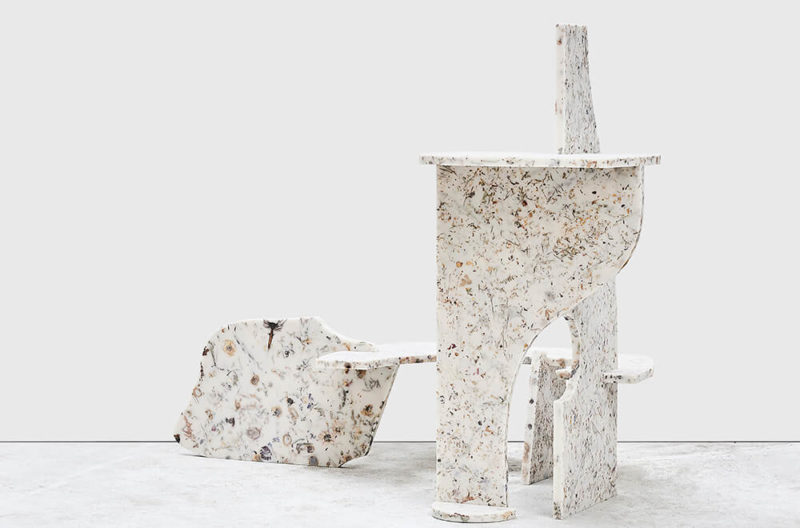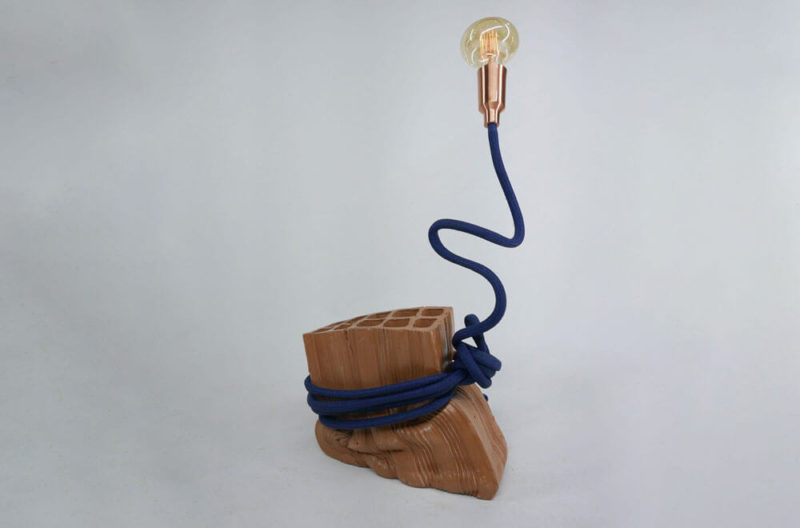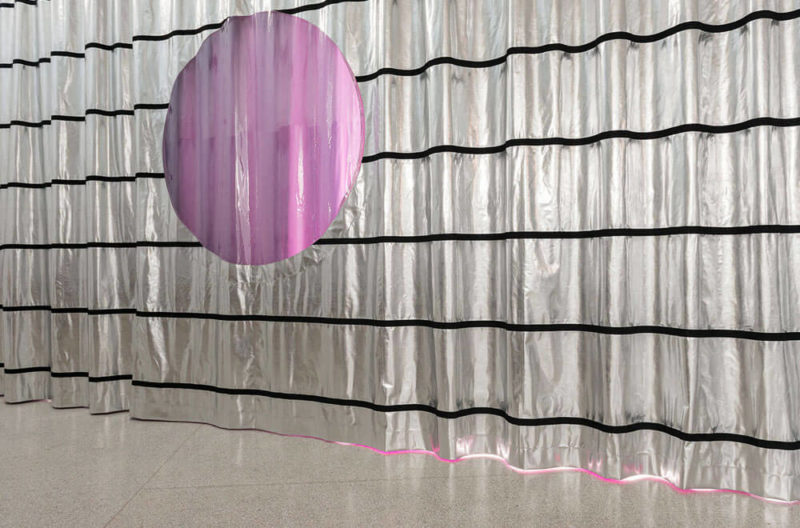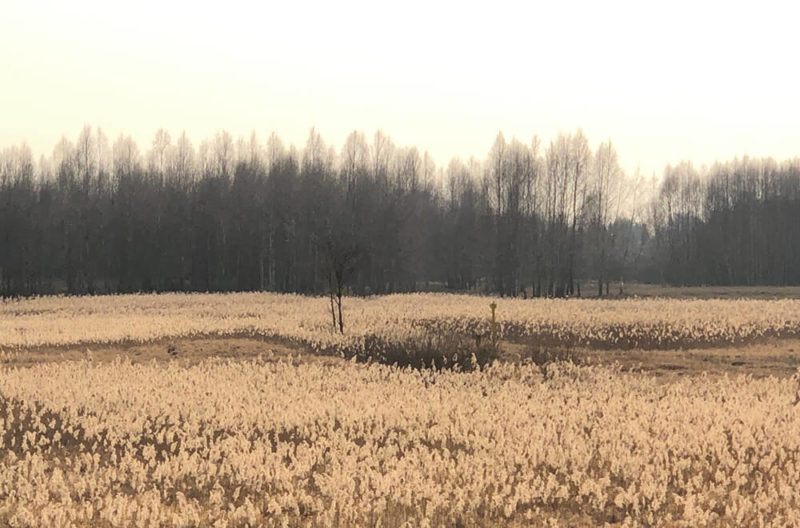‘Standing Light PN 00’, 2020
Marcin Rusak
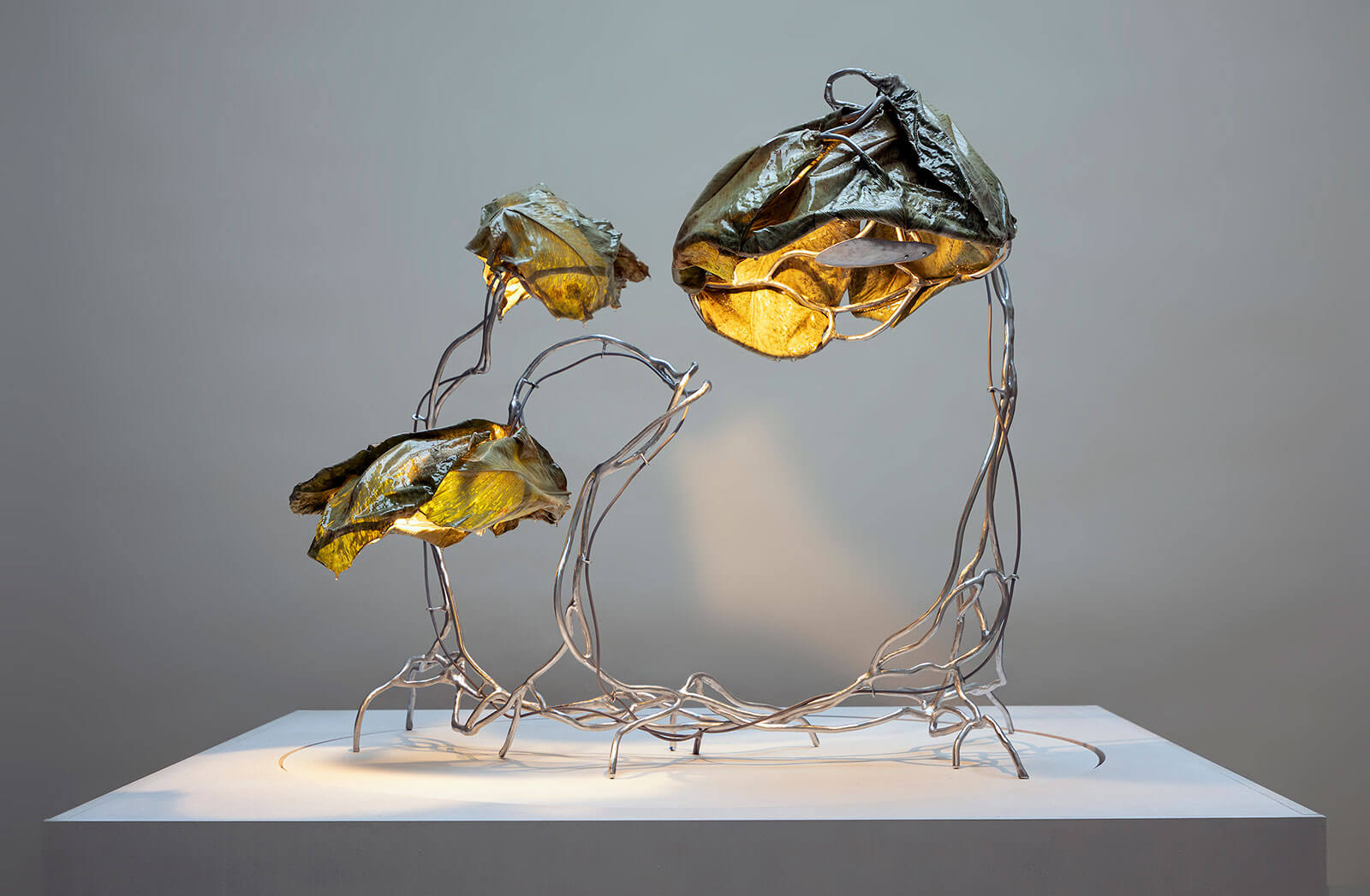
Marcin Rusak, ‘Standing Light PN 00’, 2020
COURTESY: Carwan Gallery Athens
MARCIN RUSAK WAS born into a family whose Warsaw flower business ceased just before he was born. He remembers from childhood the hot smell of abandoned greenhouses, the tangle of decayed plants and defunct equipment. As he trained as a designer, the theme of hothouse flowers and the romance of their decay drove his experiments. Drawing on European decorative and fine arts traditions from the seventeenth century, which seized upon plants and flowers as subjects, Rusak has gone one step further, to make them the substance of his work.
He is most famous for his ‘Perma’ and ‘Flora’ series of furniture, where whole dried flowers are embedded in resin and then sliced to reveal different aspects of their beauty. His ‘Perishable’ pieces represent another strand, where organic waste from flowers is mixed with shellac, beeswax and resin, and sometimes flour, sugar or sand. Both were inspired by Rusak’s horror as a student in London when he discovered the waste involved in the hot-house cut flower trade. Rusak’s ‘Perma’ and ‘Flora’ pieces preserve the flowers, which would otherwise be discarded by florists, and present them as if at their peak of perfection. In contrast, the originality of the ‘Perishable’ pieces is that, over time, the organic material will sag and rot. For Rusak, this process is intrinsic to their beauty and value.
“Standing Light PN 00’ represents the latest phase of Rusak’s experimentation. It is one of seven light sculptures conceived and designed by Rusak following his participation in 2019 in the first IN Residence residency, in Turin. They are on show in Athens (until 27th February) at Carwan Gallery, in Rusak’s latest solo show “Encoded Symbols: Protoplasting Nature”. The title refers to Rusak’s technique of attaching leaves from the exotic plant, Thaumatococcus Daniellii, widely cultivated in central Africa for its use in roof making, to a hand-formed, welded steel frame, and then spraying the leaves in zinc using a thermo-coating process, to preserve the leaves permanently. For Rusak, he is not only preserving the leaf in its entirety, each with its own unique organic form, but also what it symbolises, as part of a wider trade in plants between Africa and Europe, where what is building material in one community, becomes adornment in another.
This particular light is the only one where the leaves have not been coated in zinc, but with a layer of transparent epoxy resin. This is about as close to making a light out of real leaves as it is possible. The light shining through emphasises the greenness of the leaves by contrast with the metallic frame. The light pays homage to design traditions as varied as seventeenth century baroque carving and art nouveau, but trumps verisimilitude by offering nature itself. The vivid beauty of the light however will change over time. The leaves will darken. For Rusak, this is the heart of their meaning. He says of the few objects he has made with this particular technique: “I call them archetypes. They are not very functional. They are objects to convey an idea.”
A short film of ‘Standing Light PN 00’ rotating
COURTESY: Carwan Gallery Athens
Marcin Rusak Encoded Symbols: Protoplasting Nature is at Carwan Gallery Athens until 27th February 2021.




